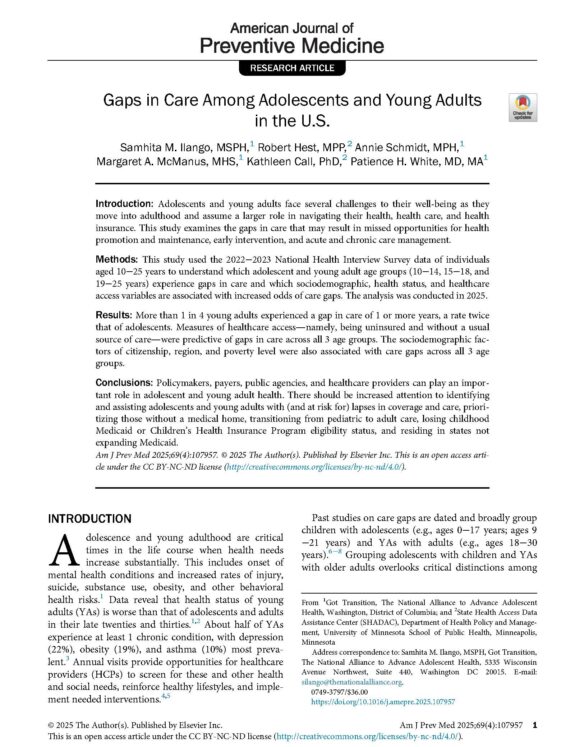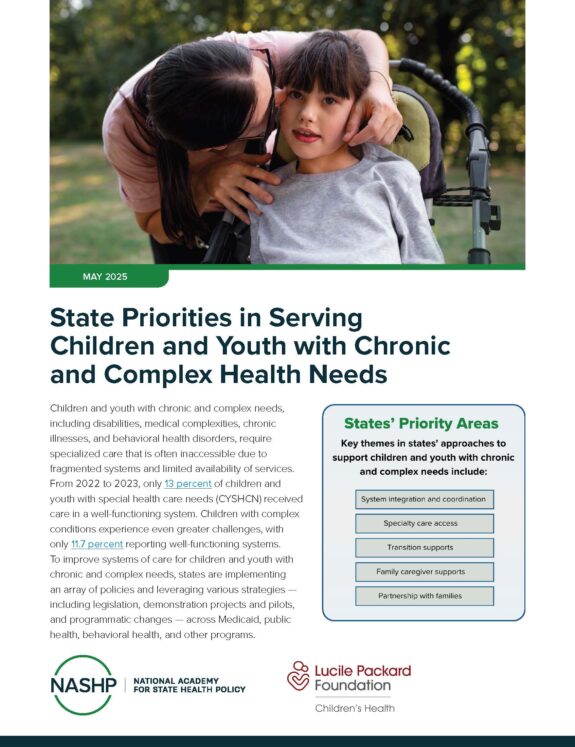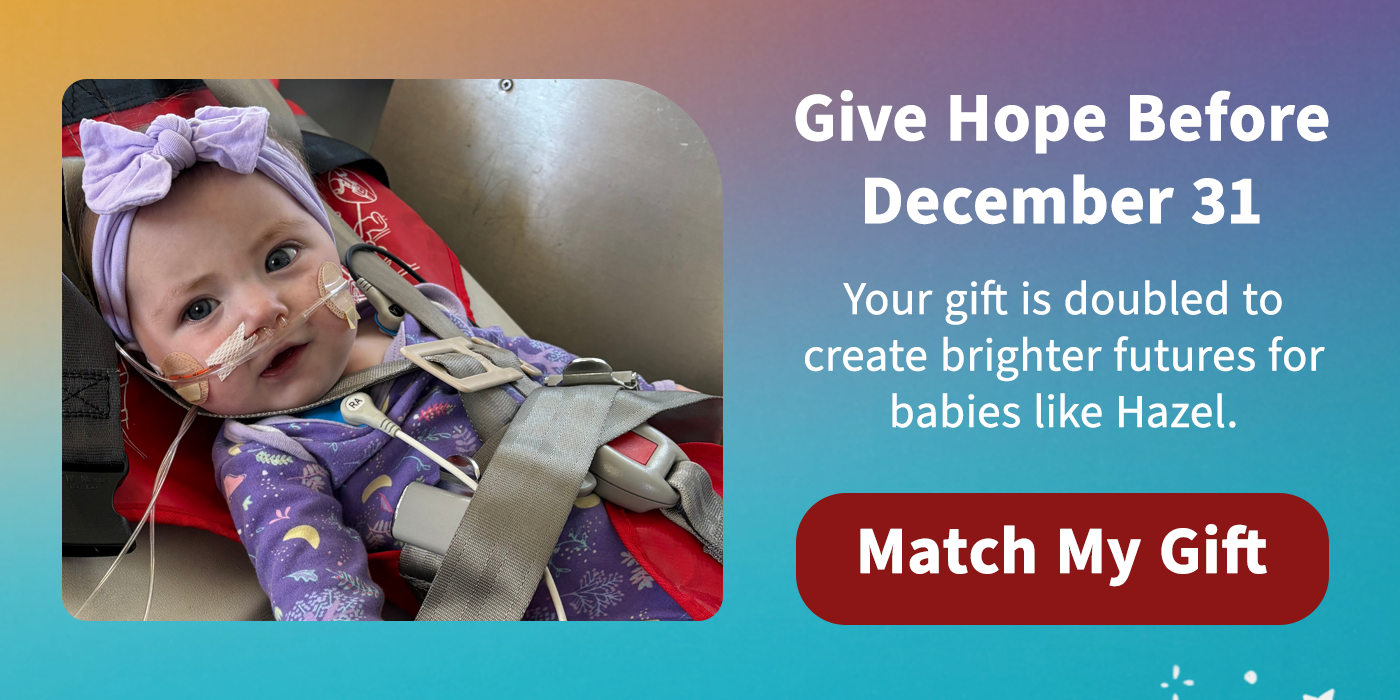Medical Home: What’s in a Name?
The Concept
The idea of a medical home was conceived by the American Academy of Pediatrics as a way to assure that children, particularly those with special health care needs, are able to obtain high quality care in a fragmented care system.
The Academy initially proposed that medical care for infants, children, and adolescents be accessible, continuous, comprehensive, family-centered, coordinated, and compassionate.[i] The term culturally effective later was added to the list. This care was to be delivered or directed by well-trained physicians “…who provide primary care and who manage or facilitate essentially all aspects of pediatric care.”[ii] The AAP eventually expanded the medical home concept to include all children, not only those with special health care needs, taking the position that “every child deserves a medical home.” Because of the centrality of primary care physicians in the care of most patients, the term medical home became generally synonymous with high quality primary care practice.
Payment Incentives
In the context of national discussions about how to increase reimbursement for primary care, the idea of paying more for practices that met criteria for being called a medical home was hatched. This was the unspoken impetus behind a joint agreement of four major primary care organizations on a definition of a patient-centered medical home.[iii]
Public and private payers then began to pilot test the idea of tying payment to medical home certification. Certification was offered by the National Committee for Quality Assurance in a tiered manner, so some payment schemes followed that stratification, with practices that achieved the highest level certification receiving the largest payments. Linking payment to certification cemented the connection between functional capacities and the definition of medical home. In some cases payment was tied to one or more specific capacities or services, such as electronic medical records or care coordination.[iv] As one example, the joint agreement recommended a three-part payment system that included a visit-based fee-for-service payment; a care coordination fee; and a performance-based bonus linked to quality, efficiency and patient experience measures.
Primary vs. Specialty Care
For some patients with severe, but single system, chronic health problems, providers began to argue that specialty practices rather than primary care practices were the more appropriate place to serve as a medical home. This argument generally rested on the observation that the patient’s most serious and pressing concerns related to his or her chronic illness; therefore the practice responsible for that care was the “principal” care[v] provider, should be the “team leader” and deserved the medical home designation, and with it whatever enhanced payment was available. Within pediatrics, the AAP agreed that for some patients that argument was valid, but emphasized the continuing need for comprehensive care, including primary care acute and preventive services.
The possibility of enhanced reimbursement to the practice deemed a patient’s medical home has the potential to aggravate the disagreements between primary care pediatricians and subspecialists, possibly to the detriment of the best interests of the patient.
Medical Home Practice vs. Patient’s Medical Home
Currently, those responsible for financing health care are approaching medical home as a practice with certain capacities for service. Payment depends on the demonstration of those capacities, not necessarily on the provision of services or on the benefits experienced by the patients served by that practice.[vi] This contrasts with the idea of an individual patient’s medical home, which is more easily identified by the services that are received, the experiences of the patient and family, and the outcomes the medical home is responsible for achieving.
The desire to be designated a patient’s medical home (versus certified as a medical home) is influenced by the possibility that health care payment reform may reward medical home practices. Primary care and specialty practices are likely to be competing to be designated as a patient’s medical home because of the financial implications of that designation.
The Future
In an ideal world, medical care would be provided by a health care team designed to meet the unique needs of each child and incorporating whatever community resources are necessary. The leader of the team, the principal provider, would be determined by the child’s family, and the responsibilities of each team member would be driven by a multi-disciplinary care plan. Co-management would be facilitated by co-location to the extent possible. In some settings primary care providers might be co-located with subspecialists; in others subspecialists would be physically or virtually available to a primary care practice. Each team member would be fairly compensated for his or her contribution to the health of the patients for whom the team, as a group, would be responsible. In this model, distribution of revenue would be based on the services provided as well as the medical, functional and fiscal outcomes achieved.
Medical home practices are complex and potentially costly to create and operate, and practices often require external guidance and resources to become certified.[vii] Currently, public funding is offsetting some of the start-up costs of becoming a medical home, and shared technical assistance and volume purchasing are reducing some costs.[viii] Large practices and those affiliated with health care organizations are more likely to achieve certification. In the future, some practices will be part of Accountable Care Organizations that will provide much of the shared infrastructure for medical home practices, while practices or teams within or affiliated with those practices will serve as medical homes for individual patients.
Conclusion
Pediatric practices are in the very early stages of exploring the medical home concept and adopting various components and services associated with it. Because of the potential financial benefits associated with medical home designation there may be some competition between a child’s various health care providers. There is evidence that having access to high quality primary care with an identified health care provider who provides first-contact care has substantial health and health care benefits.[ix],[x] Although similar evidence of benefits is lacking, for some children their principal care provider is a pediatric subspecialist and it can be argued that their medical home is in a subspecialty practice. Unfortunately, while designation and certification may rest on documentation of specific practice capacities, the proof of this pudding is the child’s and family’s receipt of care. Regardless of the setting for the medical home, the obligations to the child and family of providing accessible, continuous, comprehensive, family-centered, coordinated, culturally effective and compassionate care remain.



